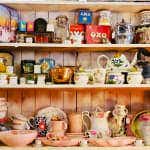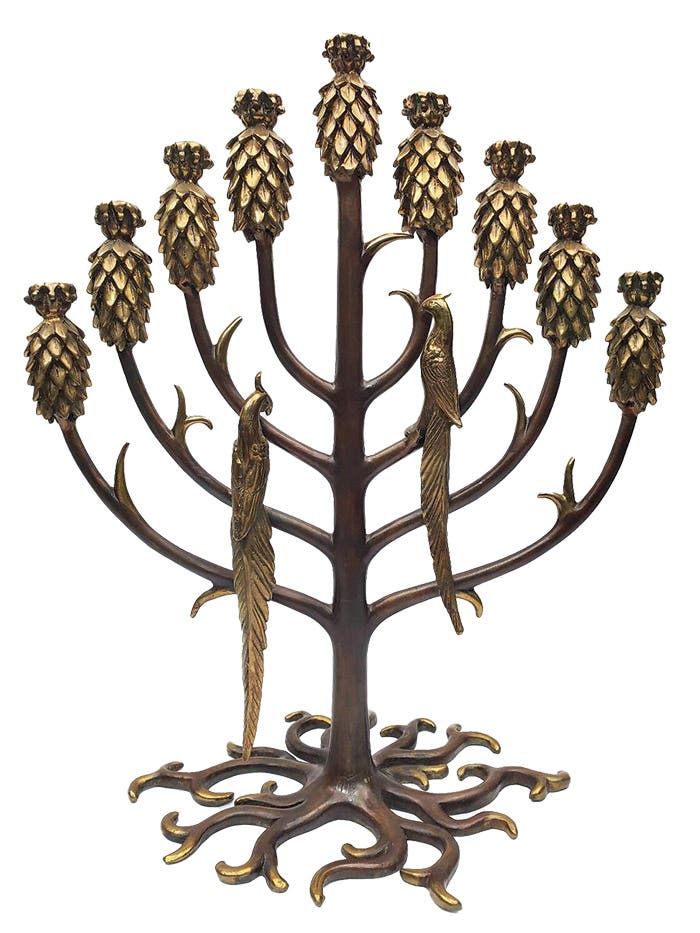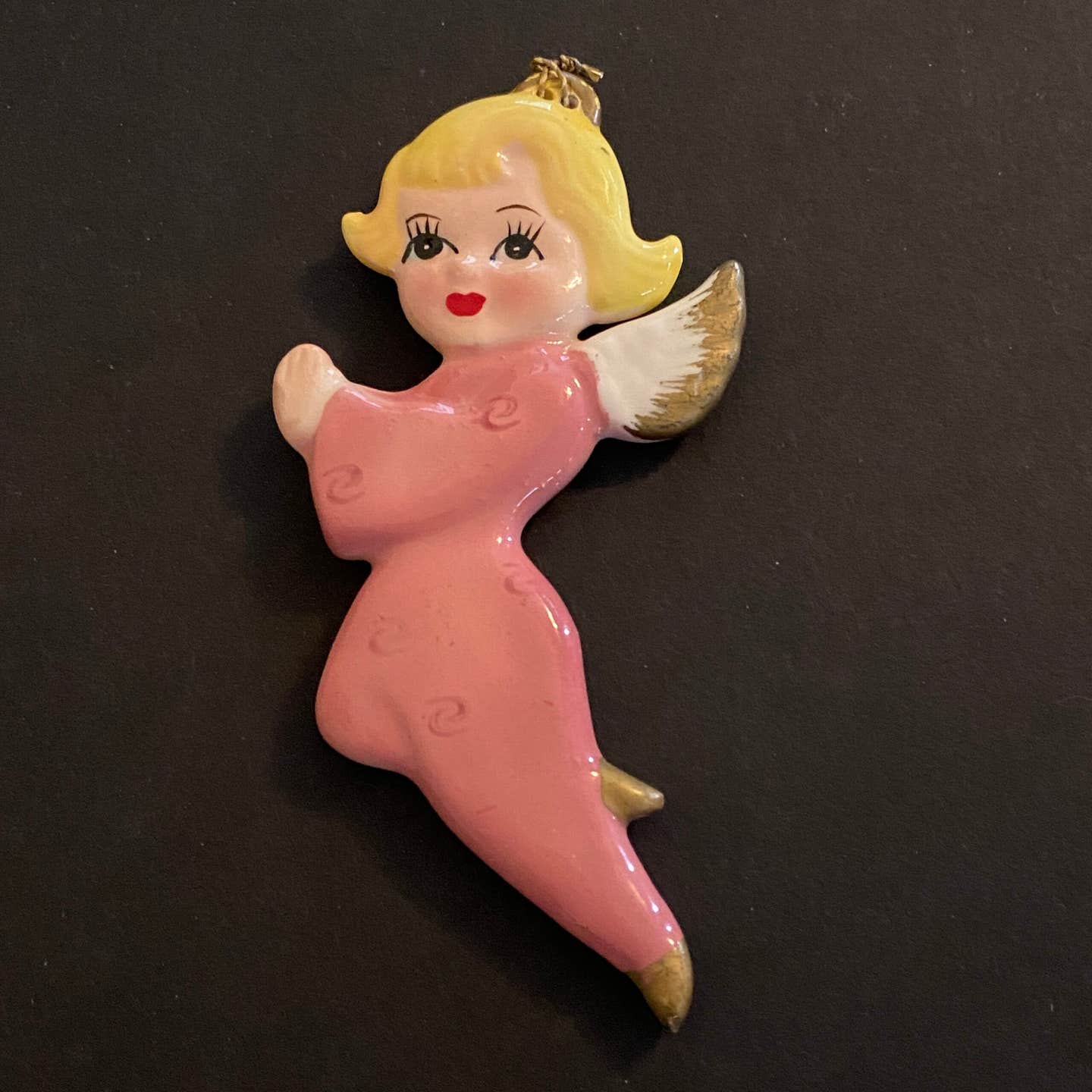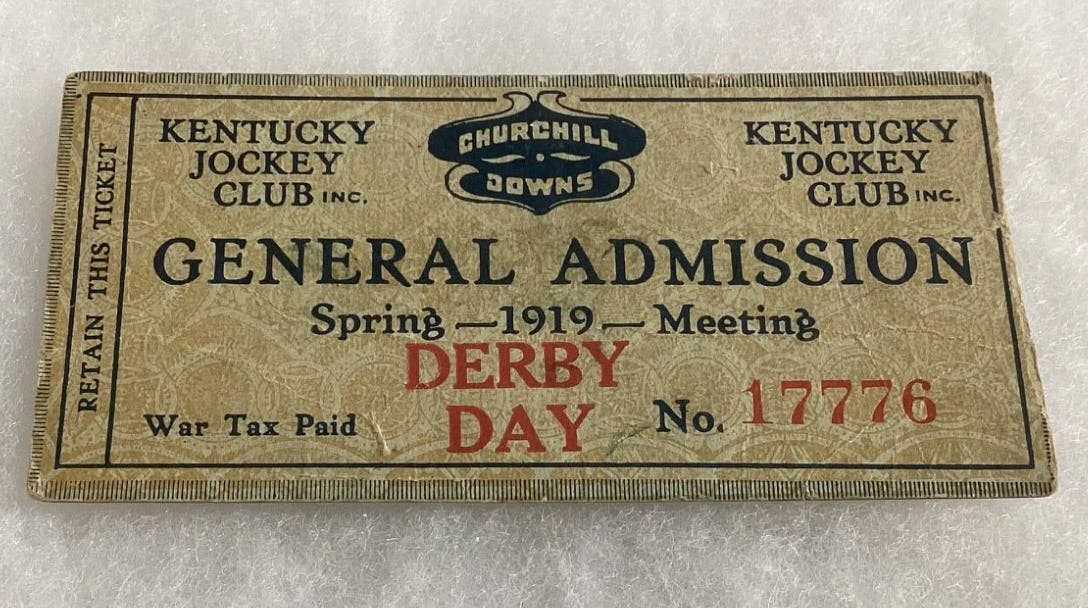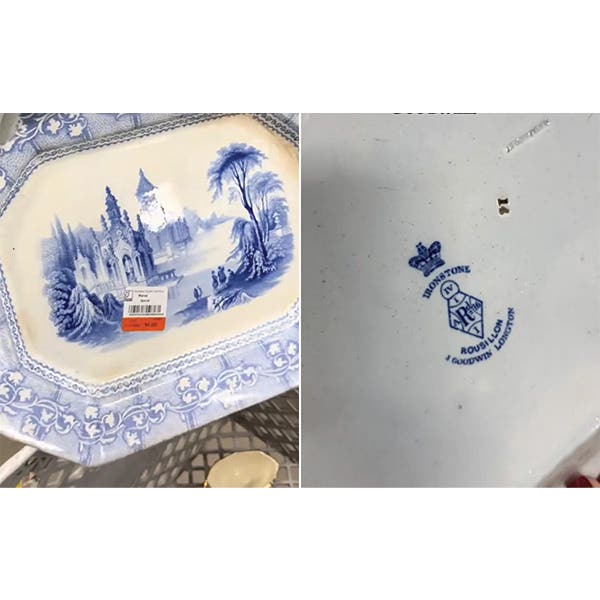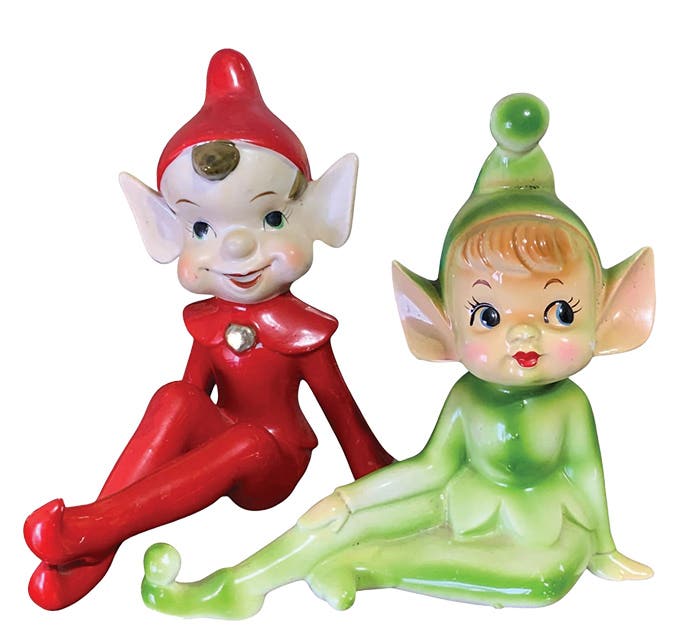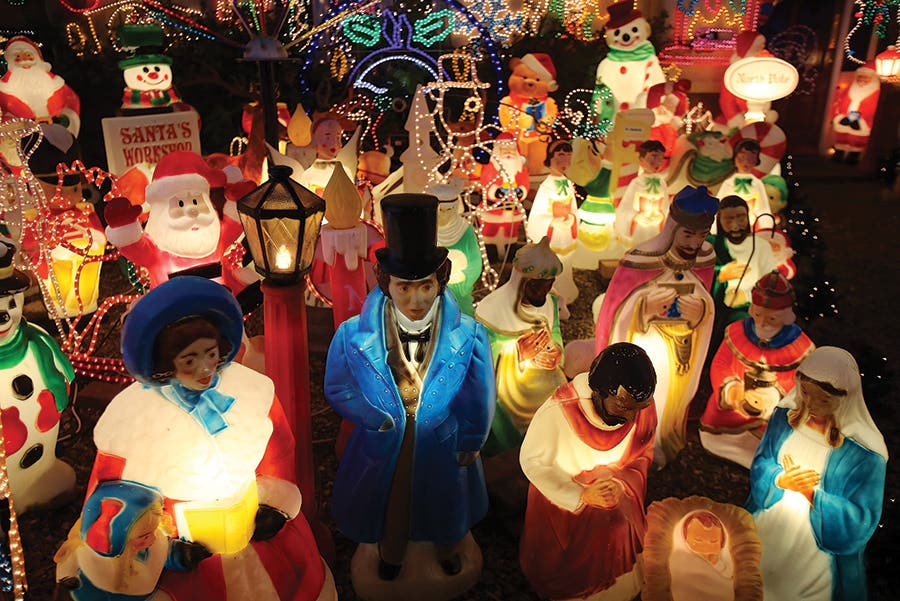My Little Pony Still Makes Collectors’ Hearts Gallop
Chasing the magic of Generation 1 when every pony was a star.
My Little Pony Magic
In the pastel-colored world of vintage toy collecting, few franchises inspire the same level of nostalgia, devotion, and investment as My Little Pony. Specifically, Generation 1 (or G1) ponies released between 1982 and 1995 hold a special place in the hearts (and display cases) of collectors around the globe. With their often-vibrant colors, iconic symbols, soft brushable manes and tails, and wide-eyed charm, these ponies have galloped far beyond the toy aisle to become vintage collectibles, some with surprising value.
A Brief Canter Through G1 History
Hasbro launched My Little Pony in 1982, the brainchild of Hasbro designer and lifelong horse lover Bonnie Zacherle, after the success of its predecessor, My Pretty Pony. Generation 1 included hundreds of pony characters across various lines and themes. Their popularity spawned cartoons, merchandise, and an ever-growing universe of lore. But it wasn't just children who were enchanted. Many of those original fans grew up and became serious collectors.
What Makes a Pony Rare?
Not all ponies are created equal in the collector world. A number of factors can determine rarity:
- Short production runs: Ponies released toward the end of G1's run (especially 1993–95) are often scarcer.
- International exclusives: Certain ponies were only sold in countries like Argentina, Italy, or Brazil, making them coveted and more difficult to obtain.
- Condition: Mint-in-box (MIB) ponies fetch a premium. So do loose ponies with uncut hair, vibrant symbols, and no discoloration.
- Variations and errors: Misprints, prototype versions, or unusual color variants can command big prices.
Ponies That Pack a Price Tag
While common G1 ponies can still be found for under $20, rarer examples have sold for hundreds or even thousands. A few notable mentions (along with their accessories):
- Rapunzel (Mail-order pony with long hair): Can fetch $800+
- Greek Ladybird Ponies: Often $1,000+, depending on condition
- Piggy Ponies (early European variants): Extremely rare and valued for their unique molds and regional history
When I think back to the two-foot-by-two-foot toybox my oldest daughter stuffed to overflowing with My Little Pony figures, I want to weep for my checking account. There were a number of keepers in that plastic herd, I’m sure, but the one that stands out in my mind is the little pink (COLLECTIBLE) Rapunzel pony. She cost me two Horseshoe Points and $8.95 of my hard-earned U.S. dollars, an indulgence at the time, only to be unceremoniously abandoned shortly after arrival. Why? Because my daughter had discovered the Cabbage Patch Messy Face Baby. Her little sister was on the way, and she needed a practice baby. Children are so fickle…
Of course, not having been gifted with a knack for foresight, I gave all of the ponies away. If only I had known then what I know now, I'd have saved those points and bought a dozen Rapunzels.
A Pony for Every Mood
While the earliest ponies of 1982 and 1983 were undeniably sweet with soft pastels, gentle poses, and a sprinkle of charm, they were still relatively tame by pony standards. But by late 1983, Hasbro decided to crank the glitter dial to eleven. Enter the wild and whimsical era of G1: suddenly, ponies had wings, horns, rainbow-streaked manes, and underwater fins. The once-humble herd had officially gone fabulous.
From deep-sea divas to sky-sailing stars, G1 ponies came in all shapes, shades, and magical specialties. There were Earth Ponies, the dependable hoof-on-the-ground types with bold colors and big charm; Unicorns, sporting a single horn and just the right amount of sparkle-powered mystique; and Pegasus Ponies, always ready to take flight with fluttering wings and windswept manes. Then there were the Sea Ponies, graceful underwater swimmers with curly tails and shell-themed accessories, who lived in bubble-filled bathtubs and coral castles. And don’t forget the Rainbow Ponies, which looked like they galloped straight out of a Lisa Frank dream, with streaked manes that gave even Cyndi Lauper a run for her money. Whether collecting by type, color, or sheer fabulousness, each pony brought its own kind of magic to the herd.
Over the 13 magical years of G1 production, Hasbro unleashed what felt like an infinite parade of pony types, and each was more charming and imaginative than the last. There were baby ponies, newborn twins, and pony siblings like the Big Brother Ponies with their mohawks and bandanas. They gave us Princess Ponies with glittering crowns, Glow 'n Show Ponies that twinkled in the dark, Twinkle-Eyed Ponies with gemstone eyes, and Flutter Ponies with vibrant wings and hair. Some ponies had hair that grew with a ribbon tug, others changed color in water or sunlight, and a few even smelled like fruit. No idea was too wild for the G1 universe, from prom queens to neon dream teams.
Collector Culture
The G1 My Little Pony community is vibrant and global. Online forums, Facebook groups, and dedicated sites like My Little Wiki, MLP Arena, and Strawberry Reef provide identification guides, price checks, and a sense of camaraderie. Some collectors focus on completing specific sets, while others chase regional variants or aim for pristine condition displays.
Conventions like My Little Pony Fair (formerly hosted in the U.S.), Mare Fair, and others abroad have helped fuel the fandom, offering panels, sales tables, cosplay, and community events.
For many, collecting Gen 1 ponies is about more than money or rarity. It's a way to reconnect with childhood, celebrate whimsy, and appreciate the detailed designs and storytelling that made the original ponies, and often childhood, magical.
As a longtime collector, Lady Minty recalled in an online forum:
I turned three in 1982 right around the time that the first set of MLPs was released. In fact, my all-time earliest memory is of the first MLP commercial; in it, a little girl picked up Minty, held her up to her face, and sighed, "I love you, Minty!" Or something like that; since I was two at the time, that memory is hardly reliable. ;) Anyway, at the time, my favorite color was green, so when I decided I wanted a pony for my birthday and my mom asked which one, I chose Minty. Little did my mom know what she was starting by buying that one little green pony...
Caring for Your Collection: From Restorations to Red Flags
If you're new to Gen 1 collecting or reviving your childhood herd, it's important to know how to spot fakes and keep your ponies in tip-top shape.
- Spotting Fakes and Customs: Authentic G1 ponies have distinct hoof markings that vary by year and country of manufacture. Beware of customs or "fakies" being passed off as originals. Comparing your pony to verified examples on trusted sites like the ones mentioned above can help ensure that your pony is the real deal.
- Restoration Tips: Mild surface dirt can usually be cleaned with warm water and a soft toothbrush. Frizzy or tangled manes can often be restored with gentle detangling and conditioning. Vinyl-safe cleaners may help with stains but avoid harsh chemicals.
- Storage Smarts: Store ponies away from sunlight to avoid fading and keep them in a temperature-controlled space. Acid-free tissue paper or plastic boxes can help prevent hair and vinyl deterioration.
Building a Collection on a Budget
Starting a G1 collection doesn’t require a treasure trove of gold. Focus on:
- Common Favorites: Characters like Cotton Candy or Firefly are more widely available and still beloved.
- Condition Flexibility: Lightly loved ponies can be restored with care and make great starter pieces.
- Community Sales: Join forums or Facebook groups where collectors often sell or trade at fair prices.
Whether you're on the hunt for a rare variant or just want to relive the magic of brushing a glittering pony’s tail, collecting Gen 1 My Little Ponies offers the opportunity to experience the enchantment of playing with ponies in a more adult fashion. And sometimes, like my daughter’s brief fling with Rapunzel, these ponies, the objects of their owner's fickle affections, may have been loved and forgotten at the bottom of a toybox but are now galloping into a second life as prized collectibles, cherished with the devotion only hindsight (and a collector’s eye) can bring.
You may also like:


